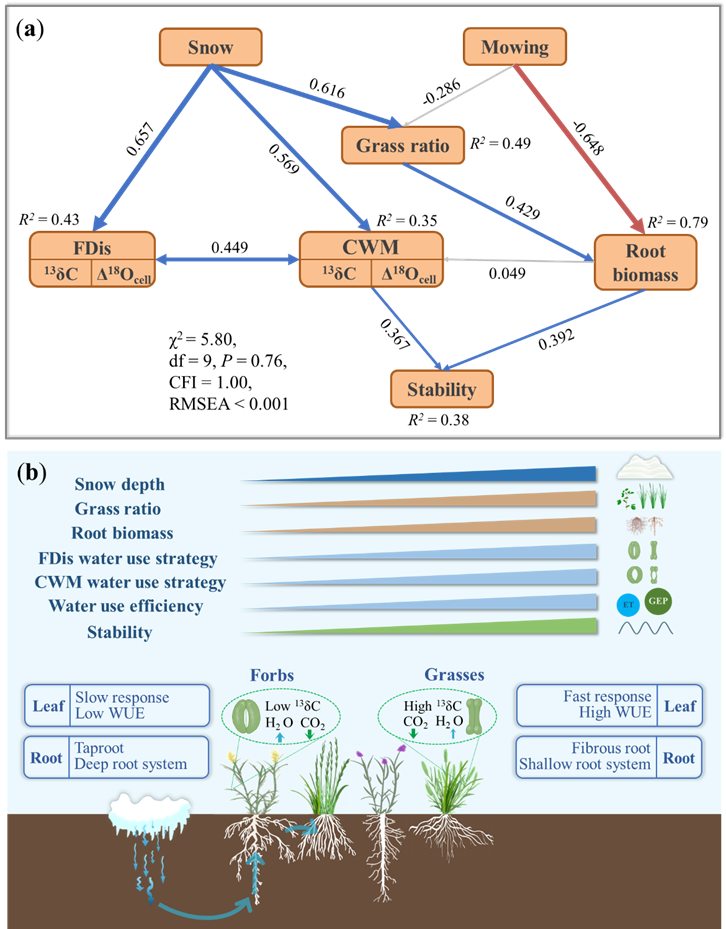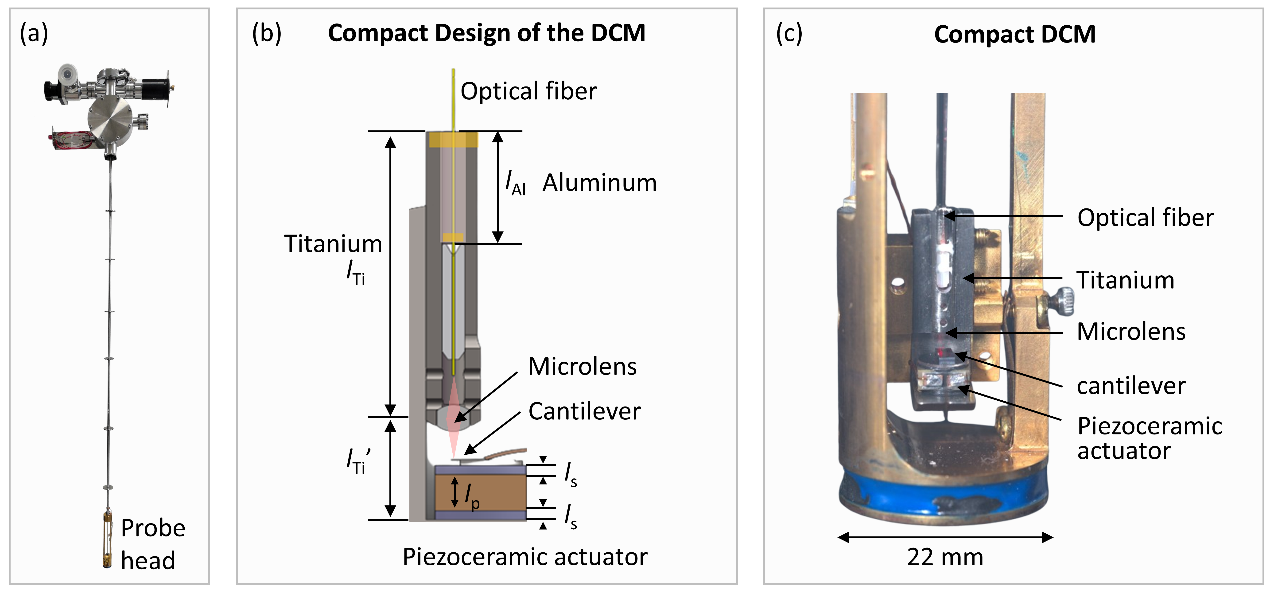2025-06-04 中国科学院(CAS)

Plants’ water use strategies in how winter snowfall stabilizes productivity in semi-arid grasslands (Image by LI Ping and Jalaid Nairsag)
<関連情報>
- https://english.cas.cn/newsroom/research_news/life/202506/t20250605_1045038.shtml
- https://esajournals.onlinelibrary.wiley.com/doi/10.1002/ecy.70105
深雪は水の獲得・利用戦略の改善を通じて半乾燥草原の時間的安定性を促進する Deepened snow promotes temporal stability of semi-arid grasslands via improving water acquisition-and-use strategies
Ping Li, Zhou Jia, Yuntao Wu, Pengfei Chang, Nairsag Jalaid, Lulu Guo, Shengnan Pan, Shaopeng Wang, Lin Jiang, Shuijin Hu, Lingli Liu
Ecology Published: 19 May 2025
DOI:https://doi.org/10.1002/ecy.70105
Abstract
Precipitation fluctuations strongly influence biomass production and its stability of terrestrial ecosystems. However, our understanding of the extent to which plant communities adjust their water-use strategies in response to non-growing season precipitation variations remains limited. Our 5-year snow manipulation experiment in a semi-arid grassland, complemented with paired stable isotope measurements of δ18O and δ13C for all species within the community, demonstrated that the impact of snowmelt on plant physiological activities extended into the peak growing season. Deepened snow enhanced ecosystem water use efficiency (WUE), biomass production, and its temporal stability. We further examined whether the observed increase in biomass stability was associated with the functional diversity of plant water-use strategies. Plant cellulose Δ18Ocell analysis revealed that both community-weighted mean and functional dispersion of stomatal conductance were positively associated with biomass production and its stability. The δ13C results further indicated that even with increased stomatal conductance, grasses were able to maintain their high intrinsic WUE by increasing photosynthesis more than transpiration. This resulted in higher biomass and greater dominance of high-WUE functional groups under deepened snow. In addition, we also found that deepened snow increased root biomass, particularly in the 0- to 5-cm and 20- to 40-cm soil layers. This increase in root biomass enhanced the uptake of snowmelt from both surface and deep soil layers, further contributing to community stability. Overall, our study demonstrates that plant communities can optimize water acquisition and utilization, thereby enhancing the stability of biomass production through coordinated changes in plant physiology, species reordering, and root distribution under altered snow regimes.



